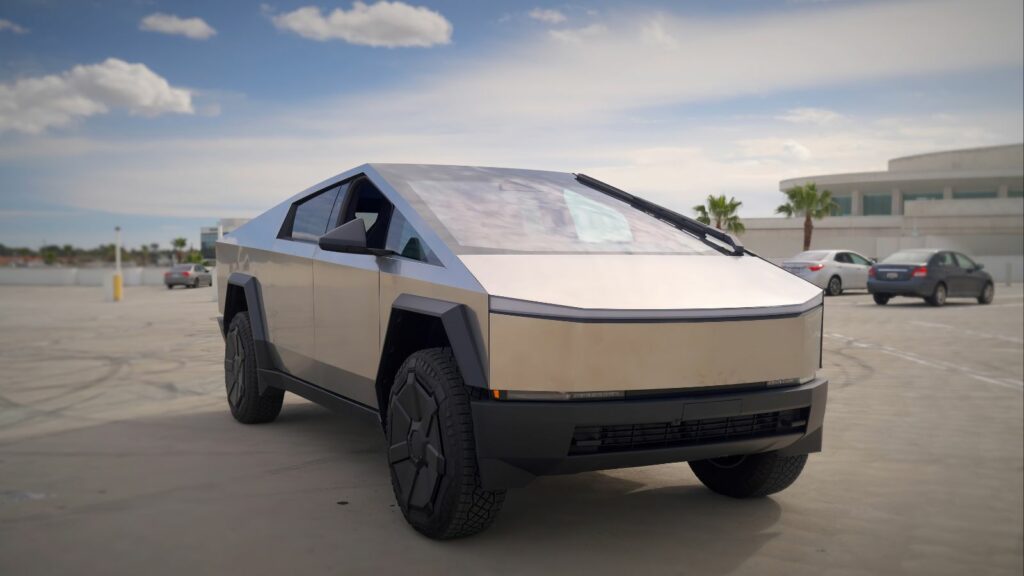With tariff talks between Canada and the U.S. teetering on the edge, automakers are quietly adjusting pricing, supply chains, and model availability. For Canadians in the market for a new vehicle, that means potential sticker shock, delayed deliveries, and higher long-term ownership costs, especially for vehicles sourced or assembled in the States. Here are 25 new vehicles Canadians should avoid until tariff talks settle:
Ford F-150 Lariat

The Ford F-150 may be Canada’s best-selling truck, but trade uncertainty could make higher trims, such as the Lariat, a pricey mistake. Powered by a 3.5L EcoBoost V6 pushing 400 horsepower and 500 lb-ft of torque, it’s a beast on paper, but many trims are U.S.-assembled, which means new tariffs could hike prices or limit availability. With a leather-wrapped interior, 12-inch touchscreen, and optional Co-Pilot360 Assist, it’s well-appointed, but at nearly $80,000 fully loaded, any tariff surcharge would sting.
Jeep Grand Cherokee Overland
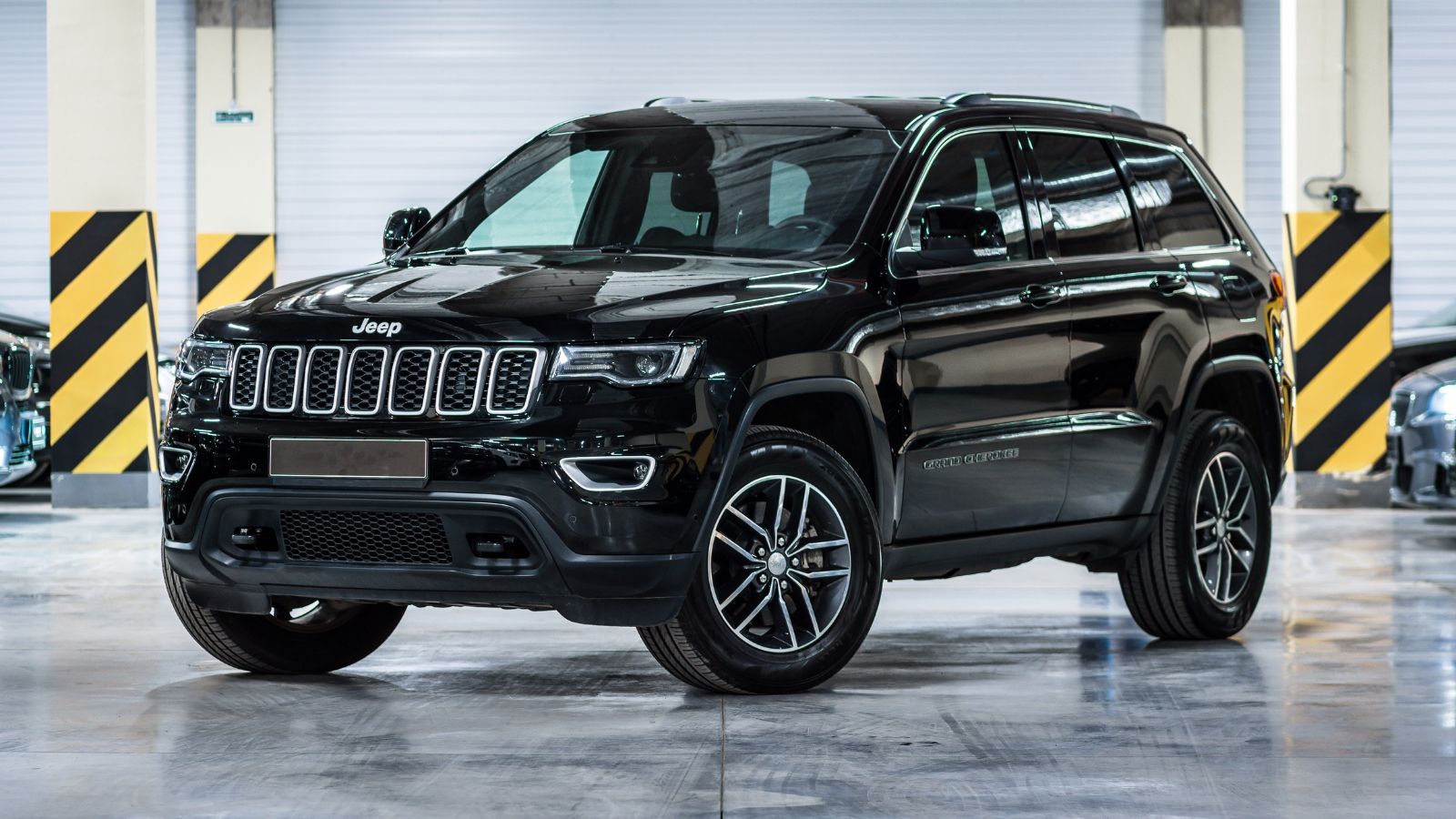
A staple of Canadian winters, the Jeep Grand Cherokee Overland boasts rugged appeal with its 3.6L V6 engine and smooth 8-speed automatic transmission. It delivers 293 horsepower and features a refined interior, complete with Nappa leather, real wood accents, and a panoramic sunroof. But with final assembly in Detroit, the model is vulnerable to border cost increases. Buyers have already reported sporadic dealership markups in anticipation of tariffs. Until negotiations wrap up, Canadians may want to hold off, especially if they are eyeing the high-spec Summit or Trailhawk variants.
Chevrolet Traverse High Country
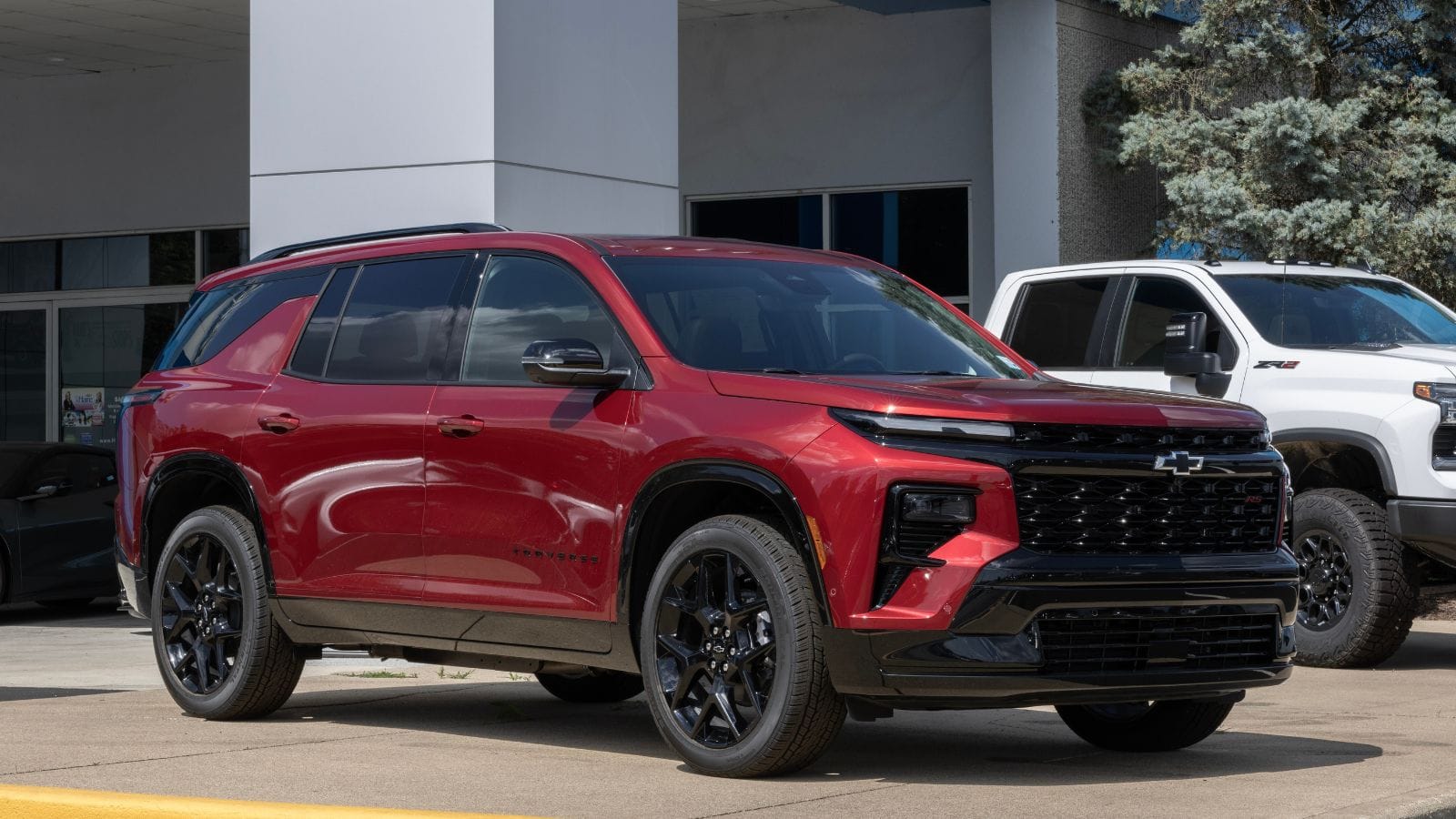
The redesigned Chevy Traverse High Country brings bold styling and ample space, but its American assembly makes it a tariff trap. Under the hood, a 2.5L turbocharged engine now delivers 328 horsepower, and the interior is filled with premium stitching, ventilated seats, and GM’s latest infotainment system. However, the MSRP already exceeds $65,000, and additional trade penalties could push it even higher, as supply continues to tighten across Canadian dealerships.
Toyota Tundra Limited
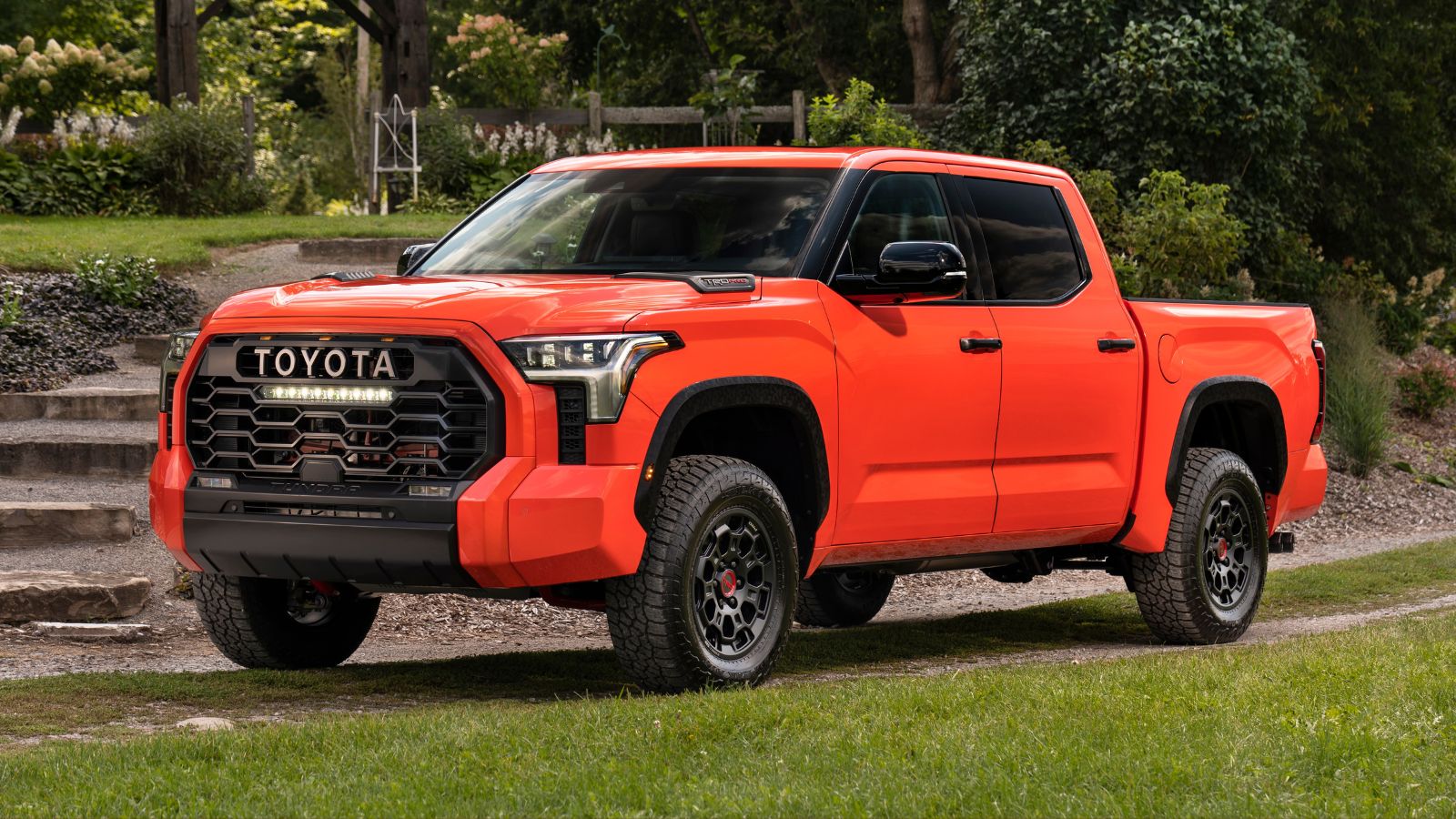
Even though Toyota is a Japanese brand, the Tundra Limited is built in Texas, and that matters. With a twin-turbo 3.5L V6 producing 389 horsepower and a 10-speed transmission, the Tundra impresses on paper. Inside, it boasts a massive 14-inch touchscreen, heated and ventilated leather seats, and a refined cabin rare in the pickup segment. However, as tariffs loom, the Texas-built badge could result in price hikes and delivery delays. Canadian buyers looking for a reliable full-size truck may want to compare it against domestically assembled alternatives first.
Dodge Durango R/T

Muscular and unmistakable, the Dodge Durango R/T boasts a 5.7L HEMI V8 engine capable of 360 horsepower and a 0–60 mph time of approximately 6.2 seconds. Its three-row layout, performance-tuned suspension, and aggressive styling make it a standout. The interior is sport-inspired, with suede accents, red stitching, and a driver-focused cockpit. But assembled in Michigan, the Durango sits directly in the tariff crosshairs, as rumors of price surges begin to swirl, and inventory may begin to shrink.
Honda Passport TrailSport
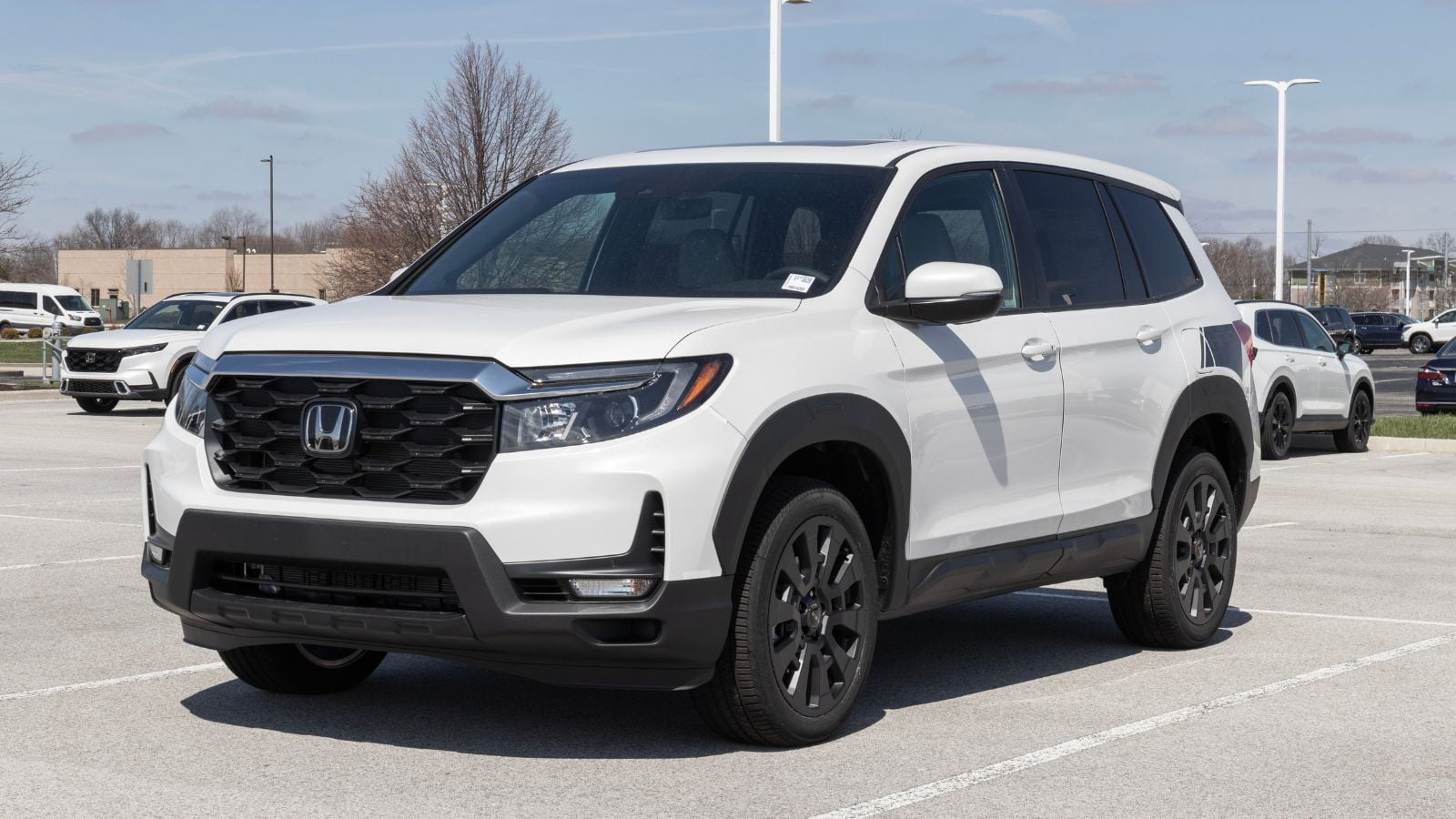
Built in Alabama, the Honda Passport TrailSport is one of the most vulnerable midsize SUVs when it comes to new tariffs. Its 3.5L V6 engine makes 280 horsepower, paired with a 9-speed automatic and standard all-wheel drive. Inside, rugged touches meet comfort, with orange contrast stitching, leather trim, and off-road-tuned suspension. But with prices creeping near $55,000 and supply already tight, Canadians could see hikes that push it into luxury territory without the badge.
Tesla Model Y Long Range
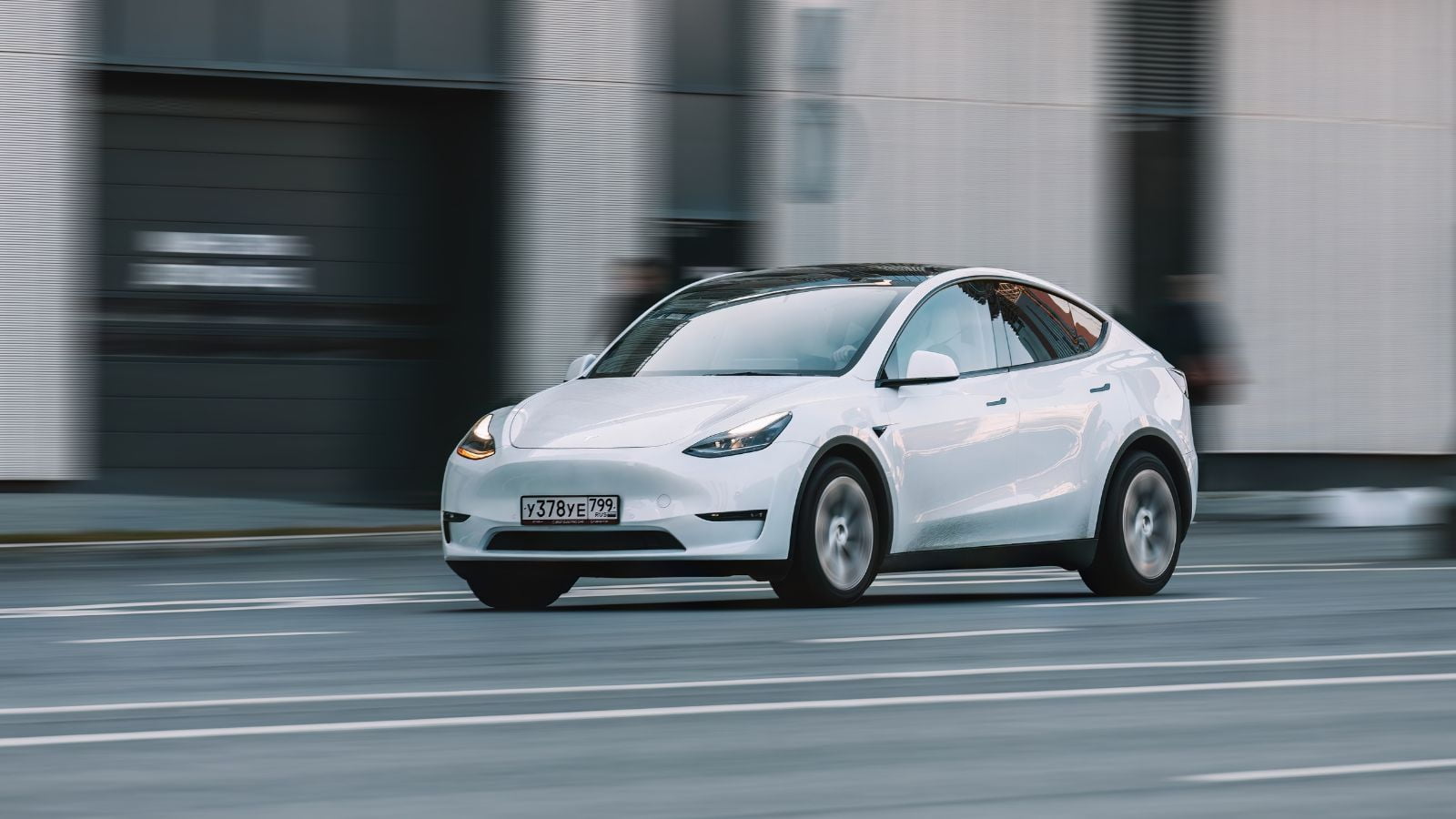
The Tesla Model Y Long Range is a Canadian EV favorite, but its Fremont, California, origins make it highly sensitive to tariffs. Its dual motors provide blistering acceleration, reaching 0–60 mph in just 4.8 seconds, and offer an estimated range of 330 miles. The minimalist interior features a 15-inch touchscreen, a glass roof, and vegan leather. But with Tesla adjusting pricing frequently and production shifting globally, Canadian buyers are in a vulnerable spot, as even a modest tariff could erase federal EV rebates.
GMC Sierra 1500 Denali Ultimate
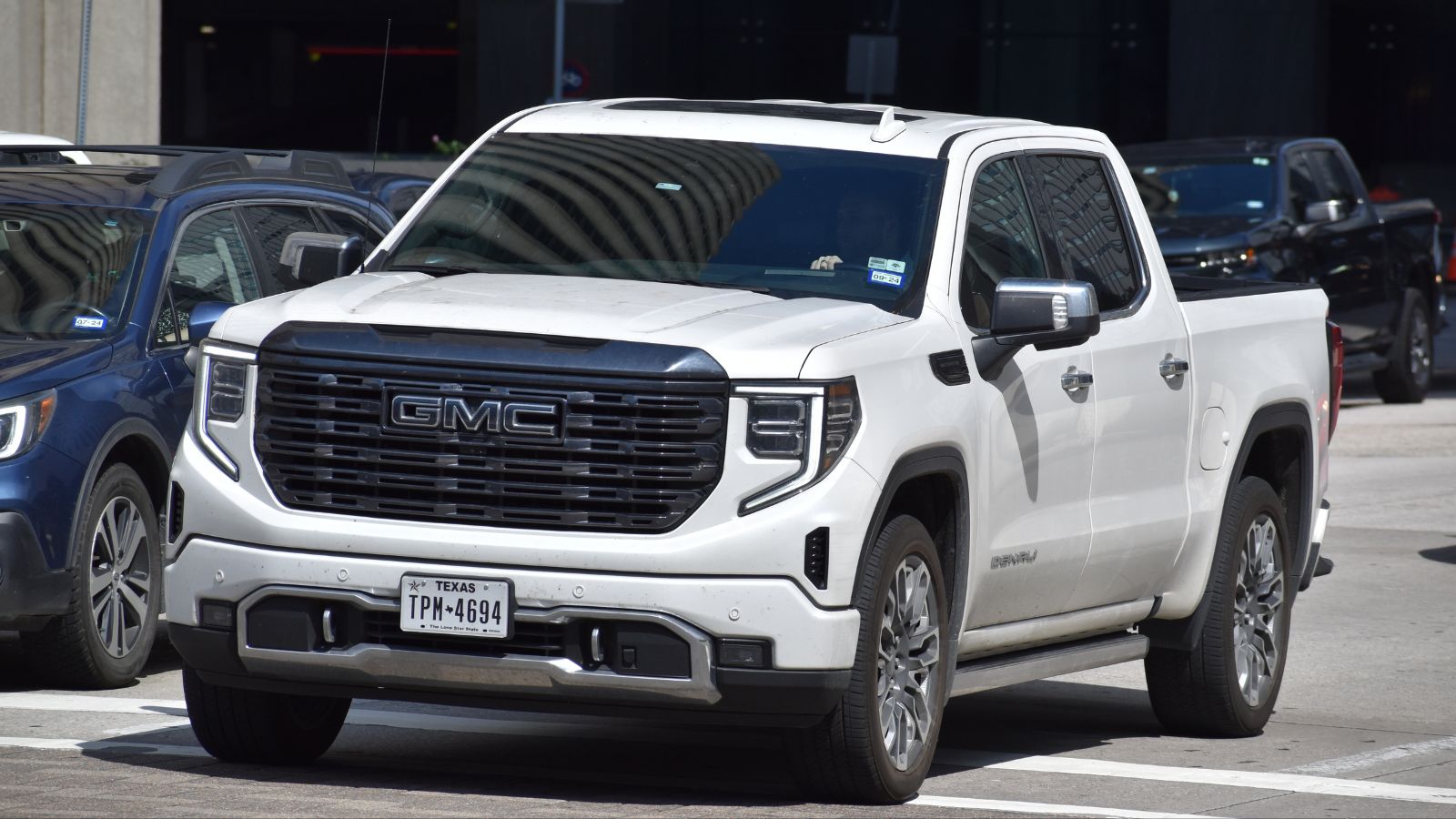
With a 6.2L V8 making 420 horsepower and 460 lb-ft of torque, the Sierra Denali Ultimate is a powerhouse pickup built for luxury and towing. The final assembly in Michigan, however, leaves it vulnerable to tariffs. It offers premium touches, including full-grain leather, open-pore wood, and GM’s Super Cruise hands-free driving technology. But at over $90,000, it’s already a splurge, and tariff penalties could make it prohibitively expensive. If you’re eyeing this upscale workhorse, consider postponing until trade talks wrap.
Ford Mustang GT Premium Fastback
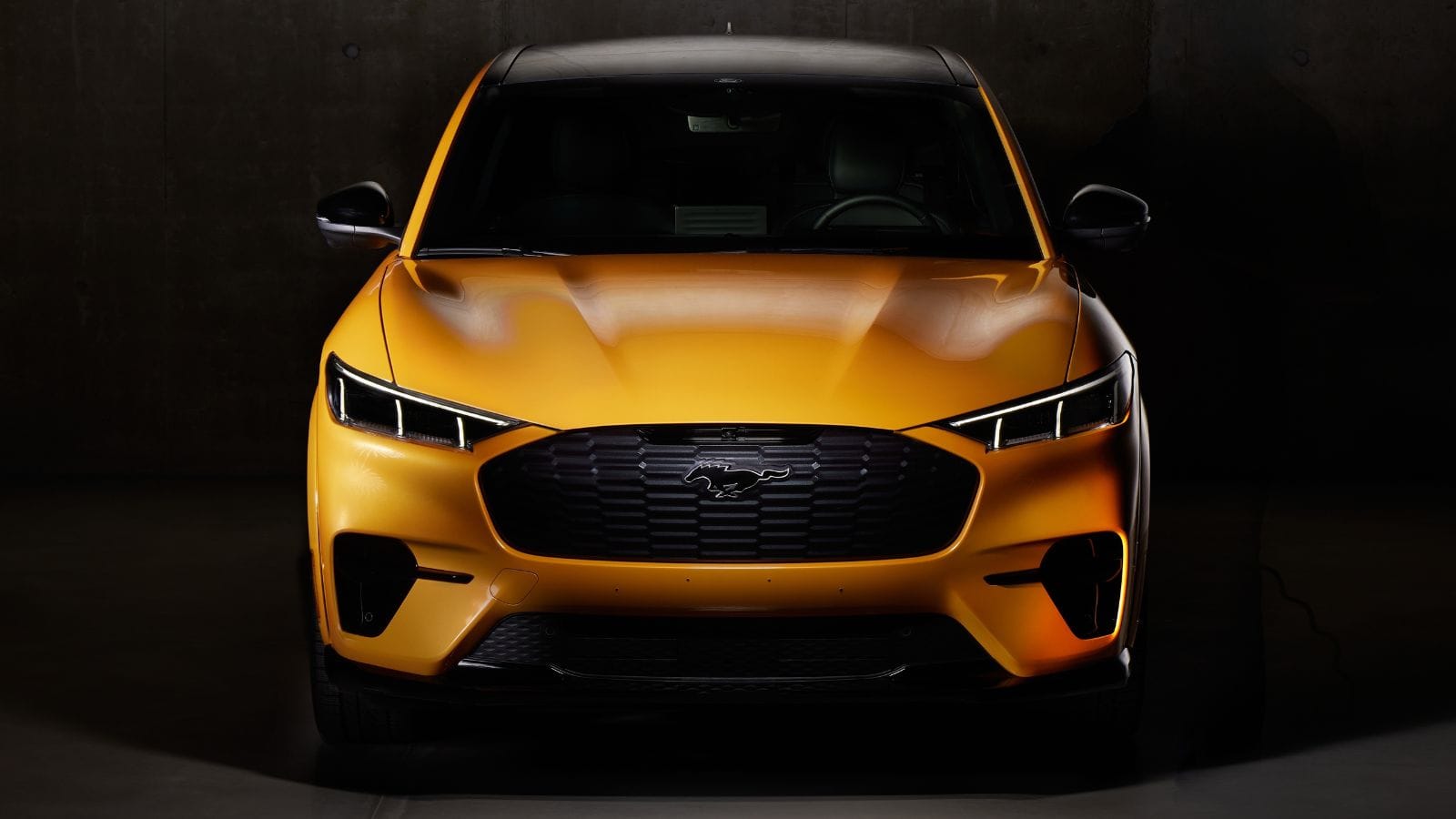
Few cars stir emotion like the Mustang GT, with its 5.0L V8 delivering 480 horsepower and a 0–60 time under 4.5 seconds. The GT Premium trim adds leather-trimmed Recaro seats, a 12-inch digital cluster, and ambient lighting. But Michigan-built and proudly American, it is the kind of model that tariffs could hit hardest. With Canadian pricing already exceeding $55,000, any additional import costs could make this muscle car even harder to justify.
Chrysler Pacifica Pinnacle AWD
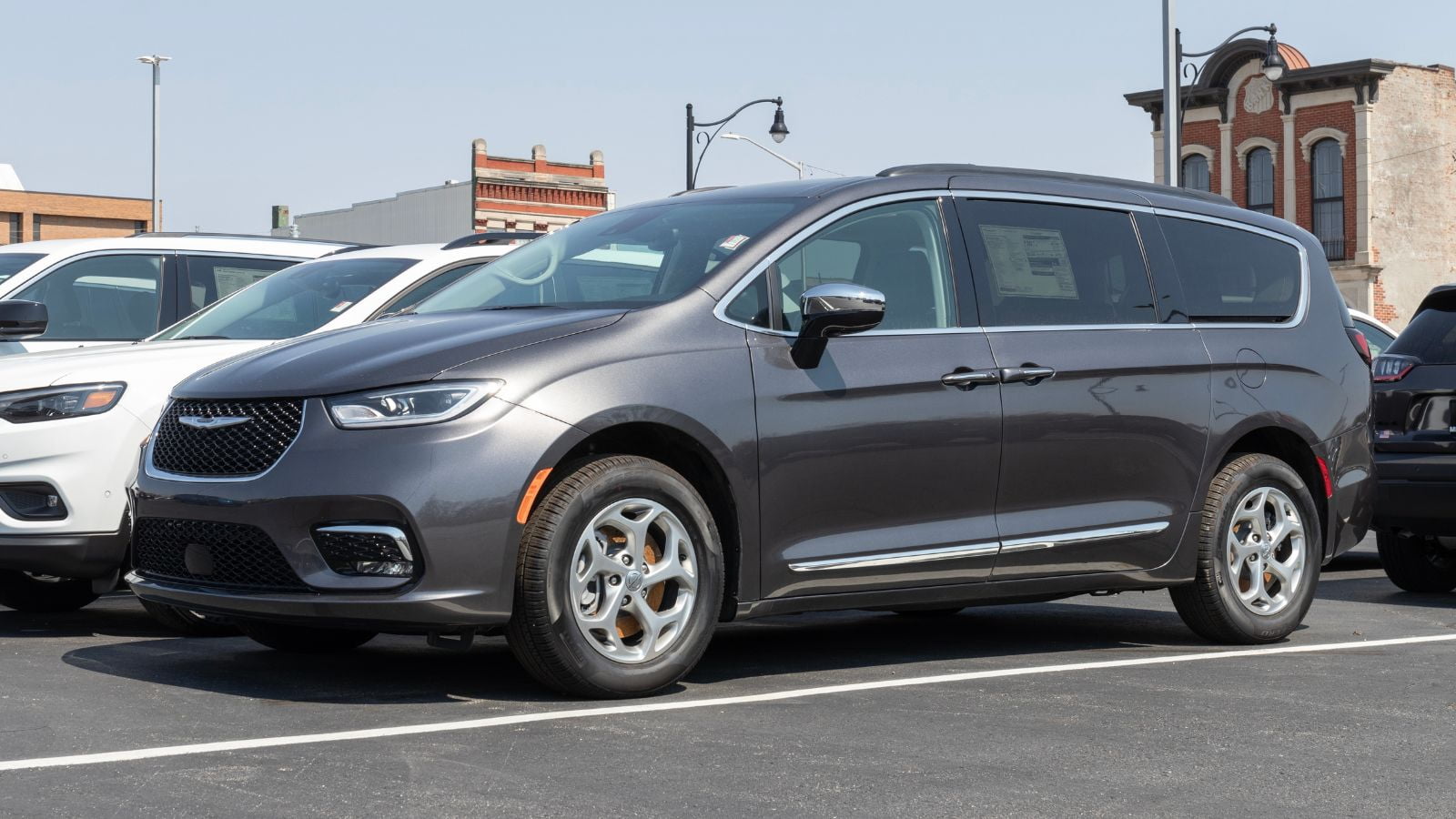
One of the few minivans offering AWD, the Chrysler Pacifica Pinnacle boasts premium features such as quilted Nappa leather, rear-seat entertainment, and a 3.6L V6 engine producing 287 horsepower. It’s a family vehicle with luxury leanings, but it’s also built in Windsor, Ontario, and is ironically insulated from U.S.-based tariffs. However, the high-end trims still rely on American-sourced components, which could indirectly drive up pricing. With Stellantis hinting at adjustments to cross-border parts sourcing, there’s a chance that Canadian buyers may see cost ripple effects.
Cadillac XT6 Sport
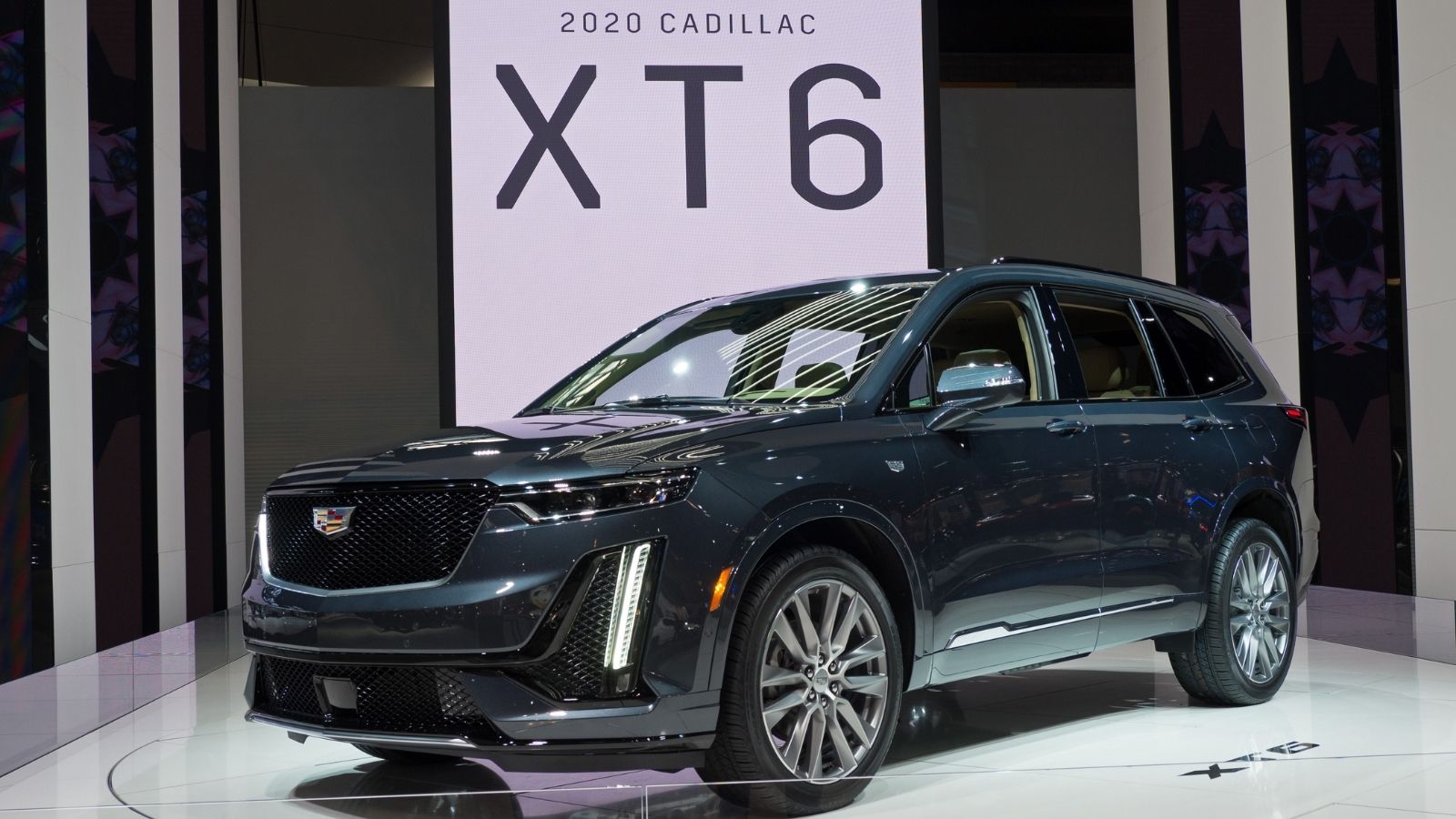
The Cadillac XT6 Sport combines American luxury with sporty dynamics, powered by a 3.6L V6 engine that produces 310 horsepower and is paired with an AWD system. It’s got three rows, carbon fiber accents, and ventilated seats with Bose premium audio. However, it’s assembled in Spring Hill, Tennessee, which is squarely in tariff territory. The price tag is already near $70,000 when well-equipped, and cross-border policy shifts could push it out of reach.
Toyota Sequoia Capstone
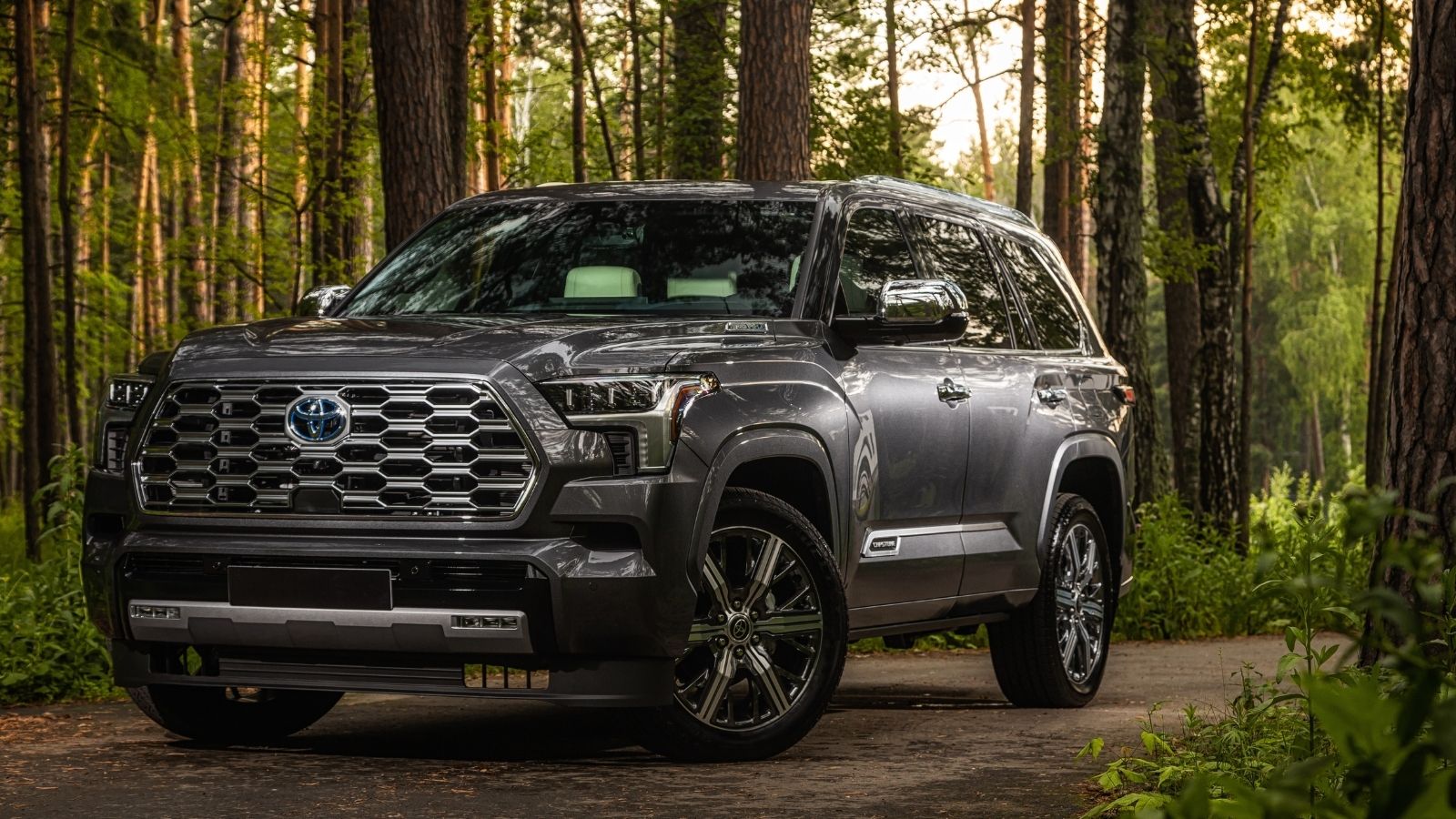
Although Toyota is globally sourced, the full-size Sequoia is built in San Antonio, Texas, which makes it a tariff risk for Canadian buyers. The Capstone trim is the crown jewel, featuring a 437-hp i-FORCE MAX hybrid V6, plush semi-aniline leather, acoustic glass, and 22-inch wheels. It’s bold and capable, but with pricing starting near $90,000, any extra cross-border fees would hit hard as limited Canadian allocation already makes it scarce.
Chevrolet Camaro SS 1LE
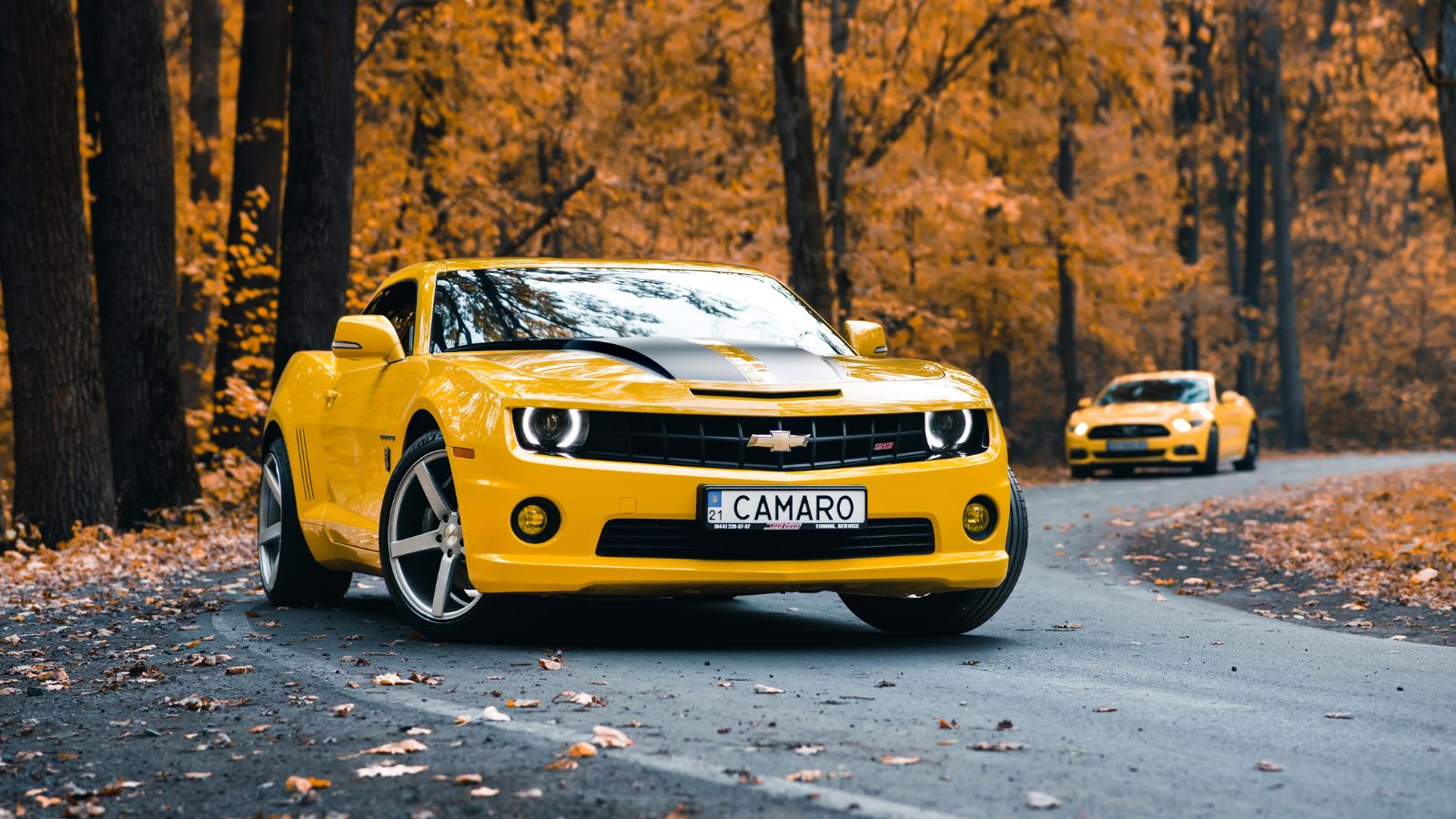
If speed is your vice, the Camaro SS 1LE is a tempting package, boasting a 6.2L V8 engine with 455 horsepower, Magnetic Ride Control, and Brembo brakes. It hits 0–60 mph in under 4 seconds, while inside, it is purpose-built with suede inserts, a performance data recorder, and a flat-bottom steering wheel. Unfortunately, it is built in Lansing, Michigan, and poised for tariff trouble. As GM winds down Camaro production entirely, Canadian buyers could see a last-minute markup frenzy.
Lincoln Corsair Grand Touring PHEV
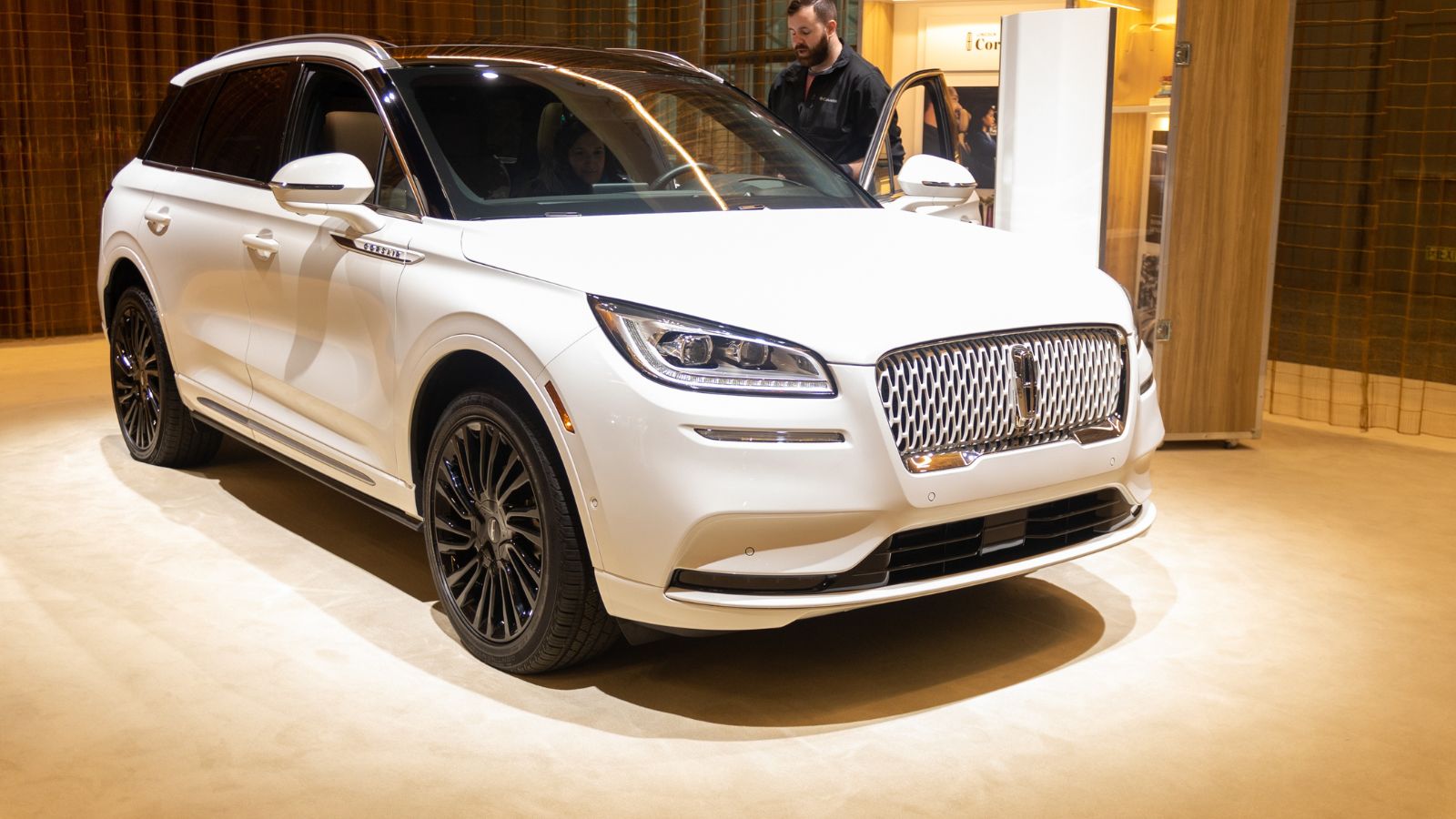
Lincoln’s plug-in hybrid Corsair Grand Touring offers quiet luxury and electric convenience with 266 combined horsepower and a 28-mile EV-only range. The cabin is elegant, with soft-touch materials, a floating center console, and massaging seats. However, with production rooted in Kentucky, it is subject to tariff volatility, and plug-in technology carries additional sourcing risks. At over $65,000 when well-optioned, even minor tariff bumps could shrink its value proposition. Canadians seeking a refined hybrid SUV might want to consider Japanese or European competitors until the policy dust settles.
Chevrolet Blazer RS
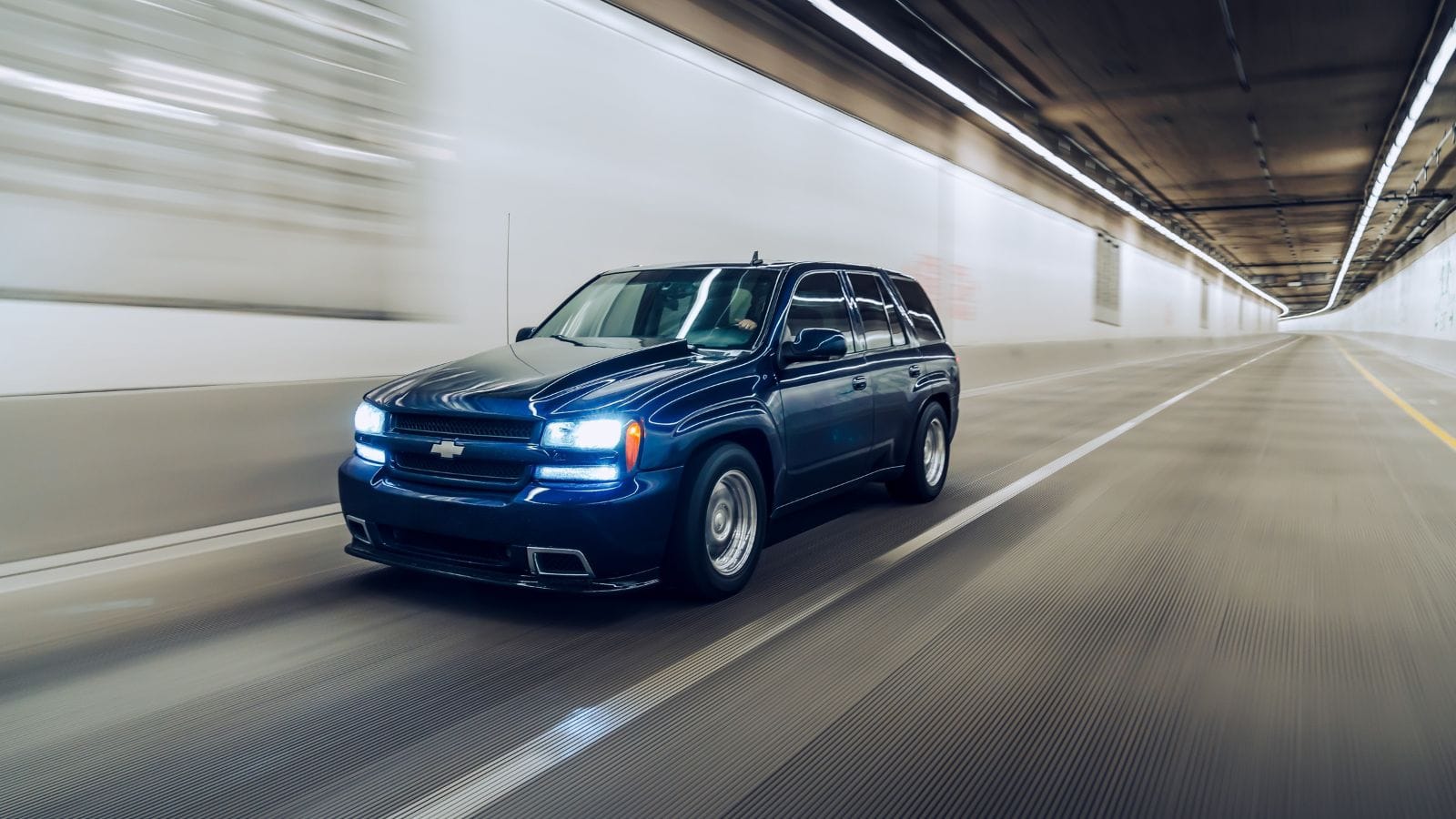
Sporty looks and a 308-horsepower 3.6L V6 make the Chevrolet Blazer RS a favorite among urban drivers seeking performance in a midsize package. The RS trim adds aggressive styling, blacked-out accents, and a tech-forward interior with an 8-inch touchscreen and ambient lighting. But its production base in Ramos Arizpe, Mexico, adds another tariff dimension beyond just U.S. politics. If cross-border tariffs shift unpredictably, especially around North American sourcing, Blazer pricing could skyrocket for Canadians.
Ram 1500 Limited
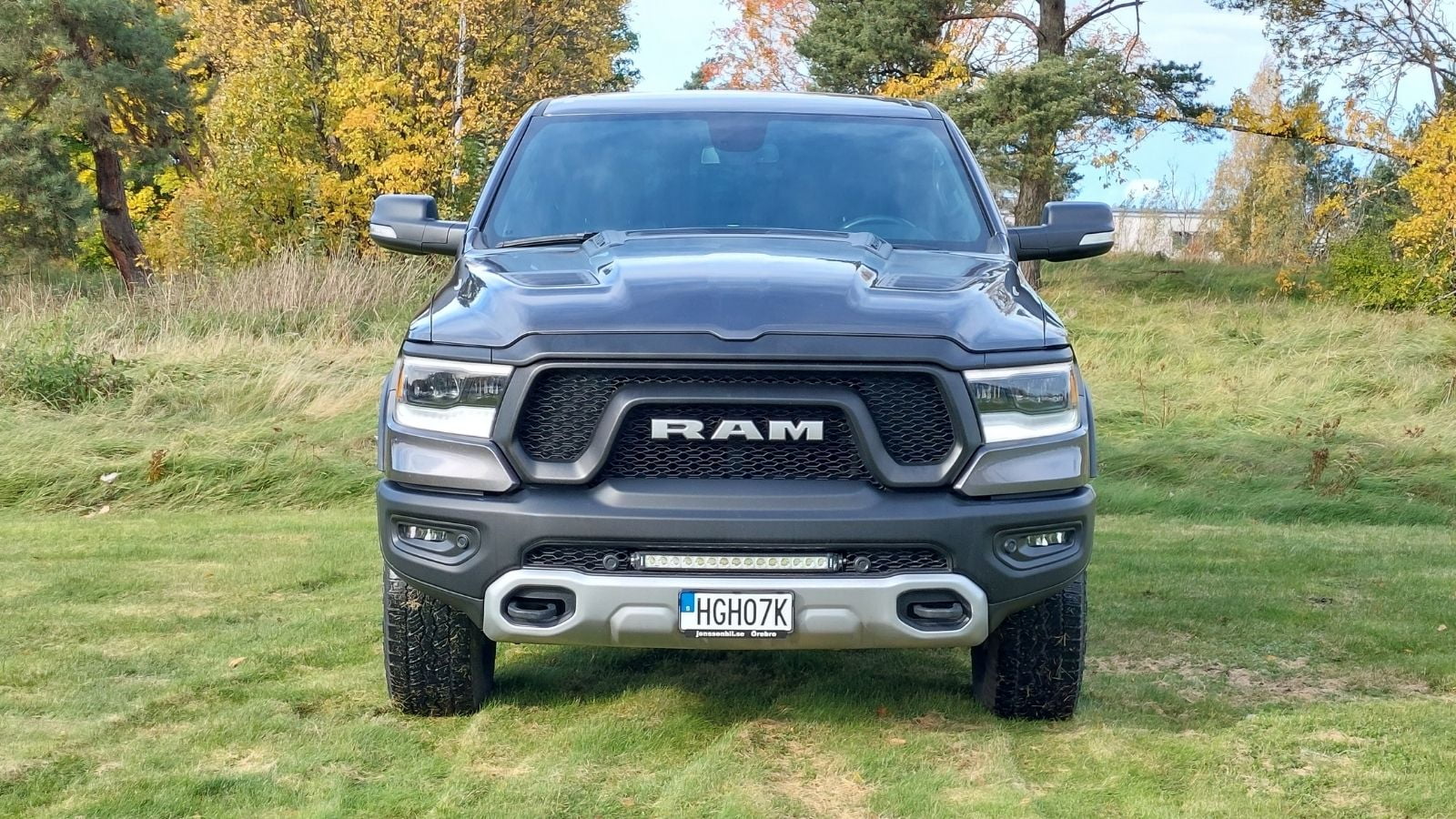
The Ram 1500 Limited sets the bar for luxury pickups, thanks to its 5.7L HEMI V8 engine with eTorque mild-hybrid system, delivering 395 horsepower and 410 lb-ft of torque. It’s quiet, plush, and packed with upscale features like real wood trim, a 12-inch touchscreen, and reclining rear seats. However, it’s built in Michigan, which puts it directly in the tariff crosshairs. Canadians already facing high fuel prices may balk at the possibility of higher base prices and financing costs.
Buick Enclave Avenir
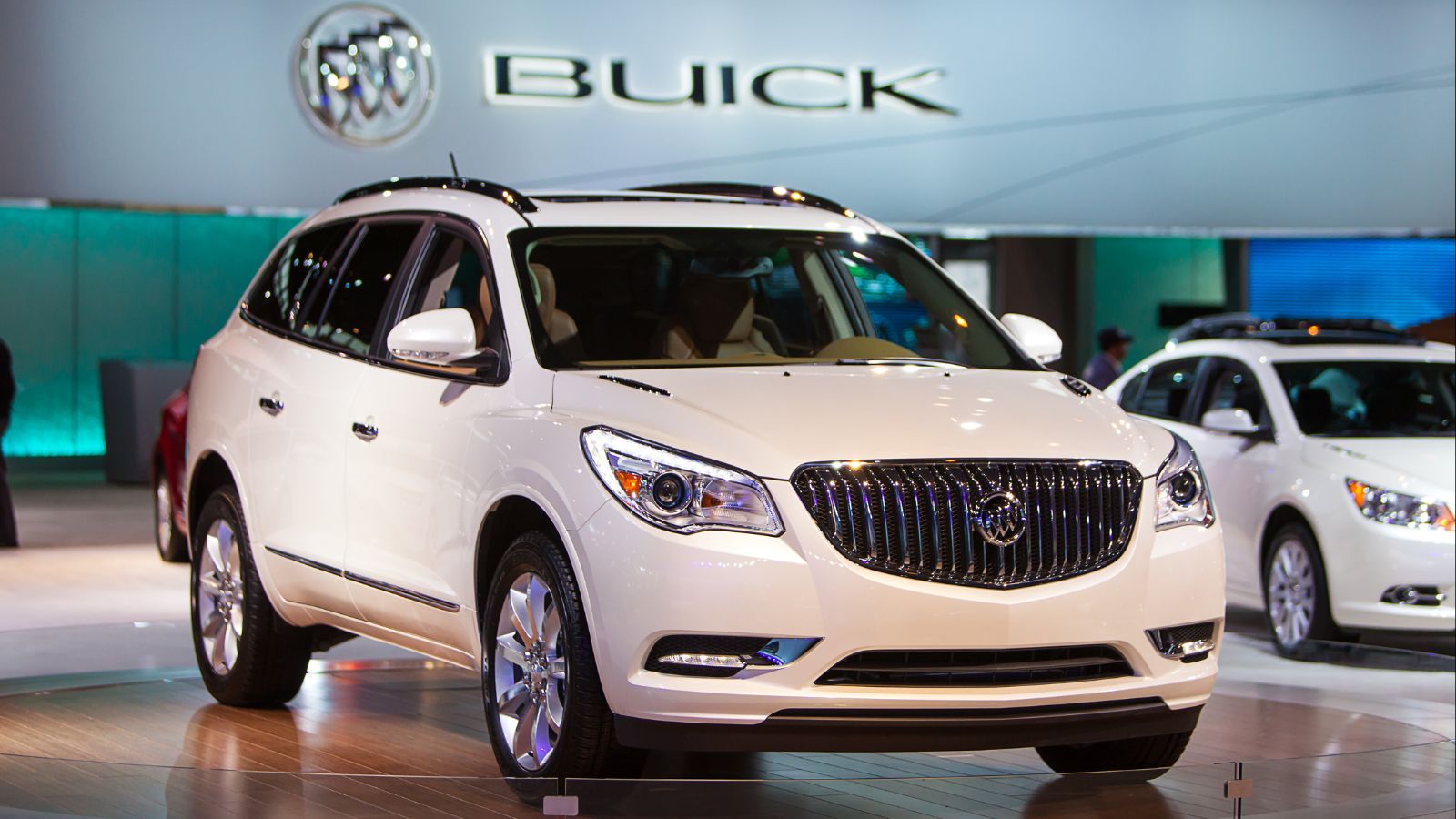
Built in Lansing, Michigan, the Buick Enclave Avenir offers seven-passenger comfort with a luxury twist. The 3.6L V6 produces 310 horsepower, while the cabin is adorned with leather, complemented by wood accents and quilted stitching. The Avenir trim adds a dual moonroof, adaptive cruise control, and a sleek grille design. But its U.S. origin makes it one of the most vulnerable to sudden price surges. Priced above $65,000 in many configurations, even a modest tariff could push it into low-volume territory.
Chevrolet Tahoe Z71
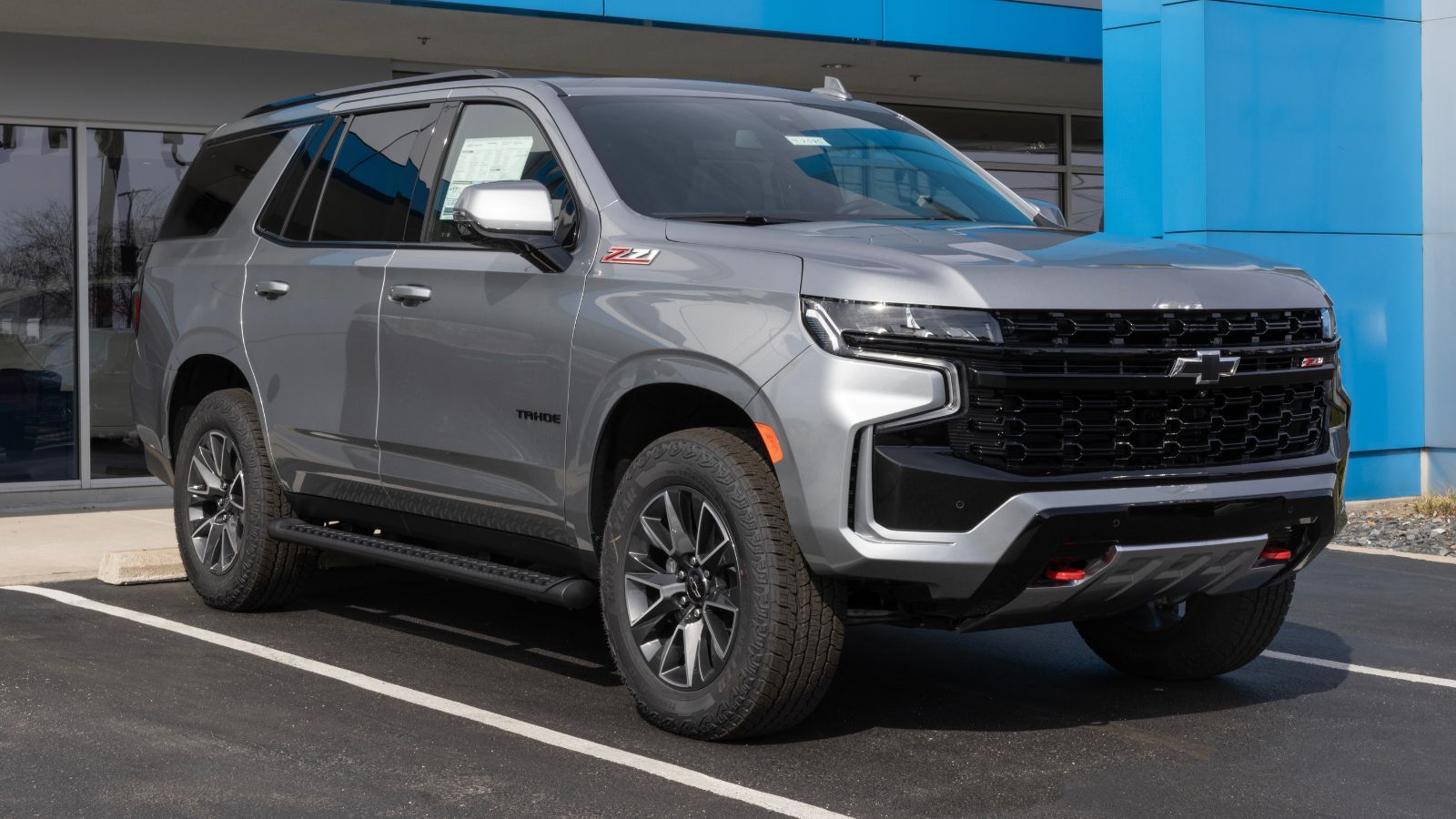
With serious off-road chops and a 5.3L V8 making 355 horsepower, the Chevrolet Tahoe Z71 is an ideal blend of utility and style. Its high stance, skid plates, and magnetic ride suspension are paired with a tech-laden cabin that includes a 10.2-inch infotainment screen and premium Bose audio. Assembled in Arlington, Texas, the Tahoe is among the first to feel the pressure of tariffs, and supply chains are already tightening, as rumors suggest higher-than-average markups at Canadian dealerships.
Ford Explorer ST
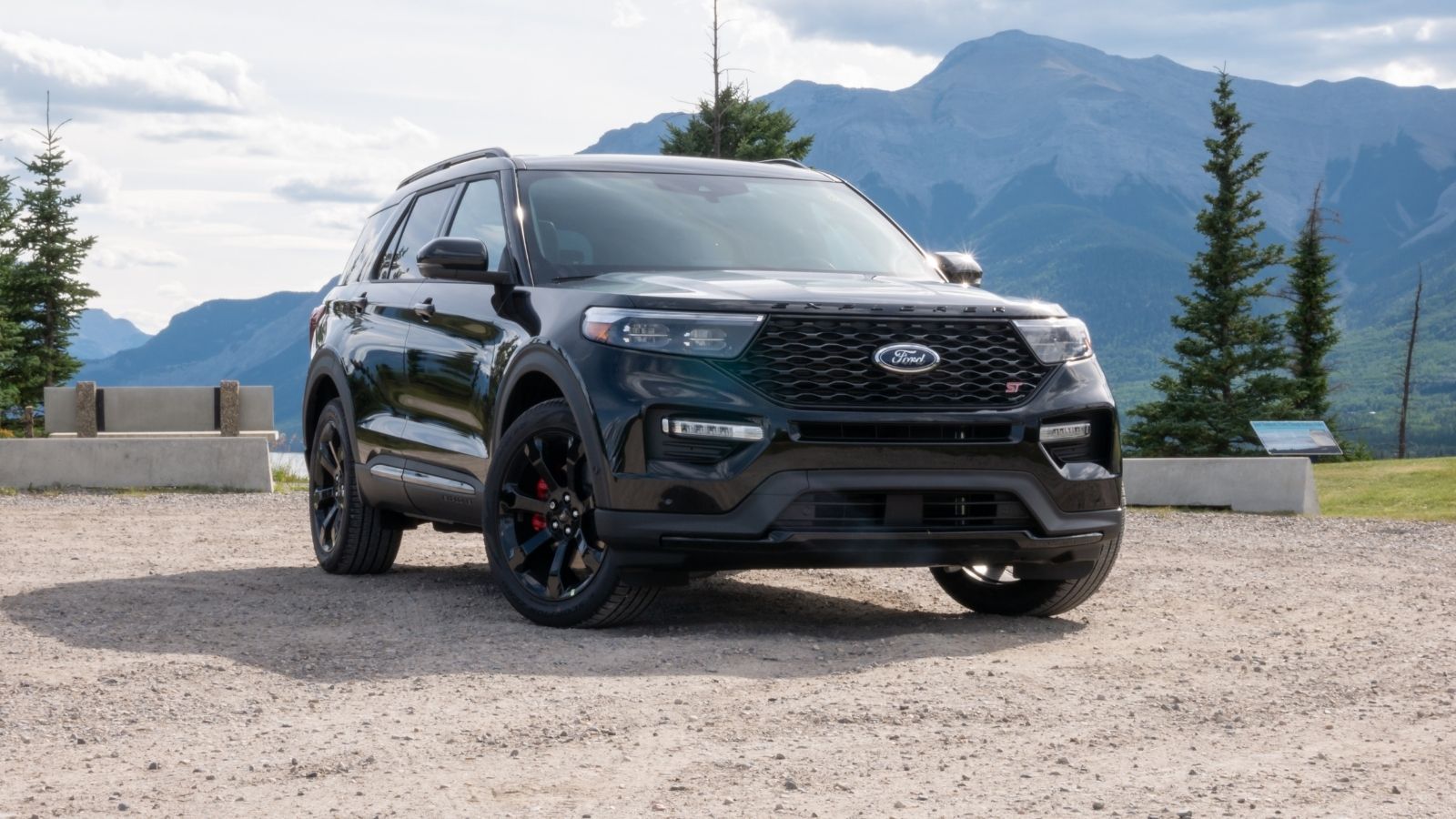
If you’re seeking muscle in an SUV body, the Ford Explorer ST delivers with a twin-turbocharged 3.0L V6 pushing 400 horsepower. It rockets from 0 to 60 mph in just 5.5 seconds and features sport-tuned suspension, quad exhaust, and performance brakes. Inside, there are leather sport seats, a 12.3-inch digital cluster, and a B&O sound system. But the ST’s Chicago assembly and U.S.-sourced components make it a prime target for tariff penalties. With Canadian pricing already steep, this high-performance SUV could become even costlier.
Dodge Charger Scat Pack Widebody
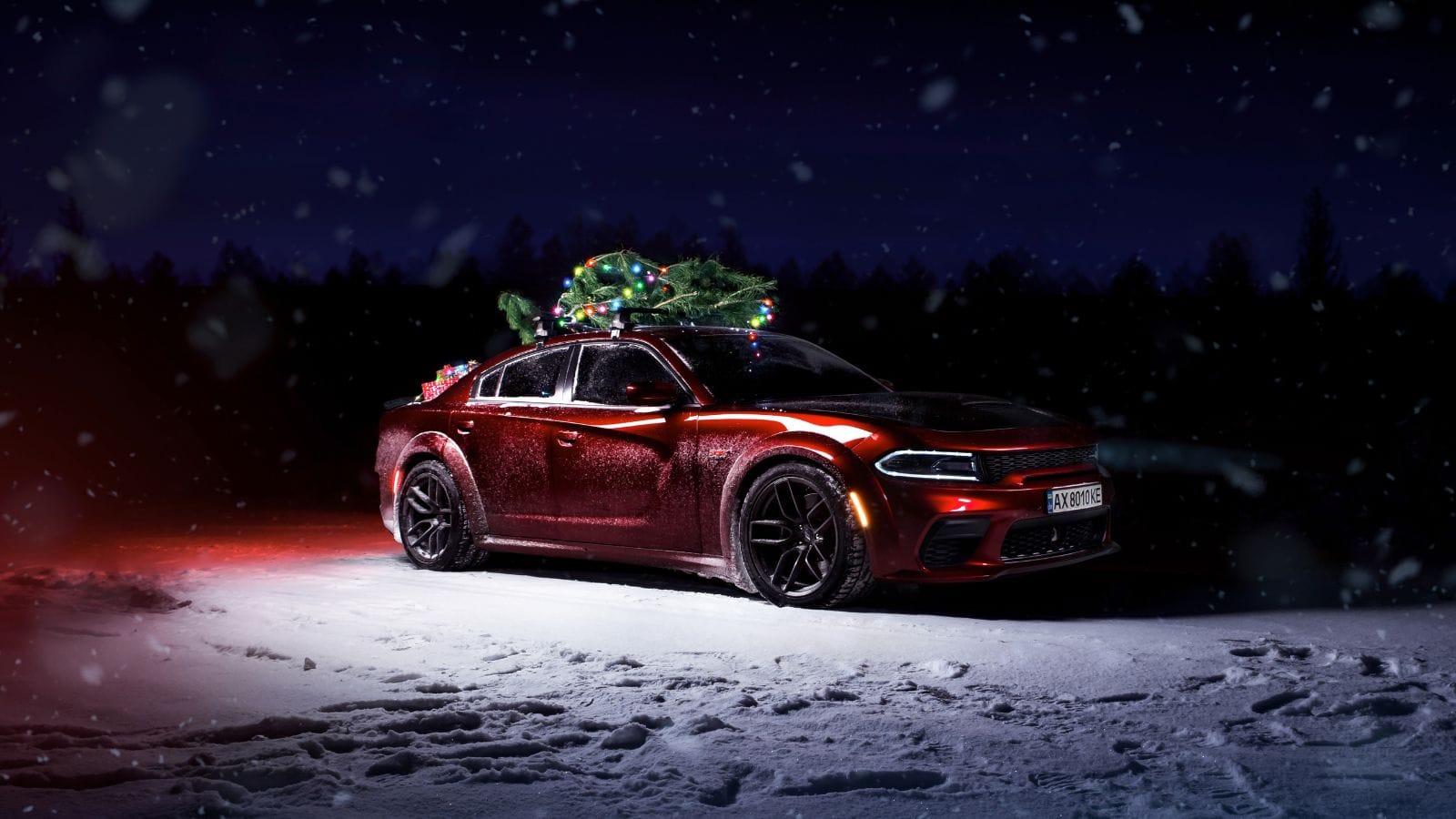
The Charger Scat Pack Widebody is raw American muscle, with 485 horsepower from a 6.4L HEMI V8, Brembo brakes, and a 0–60 mph time of just over 4 seconds. The aggressive stance and raucous exhaust make it hard to ignore, while inside, Alcantara-trimmed seats and performance pages appeal to purists. But production in Brampton, Ontario, doesn’t offer full protection, as many components still cross the U.S. border. If tariffs shift material costs, Canadians can expect a ripple effect on final pricing.
GMC Yukon Denali
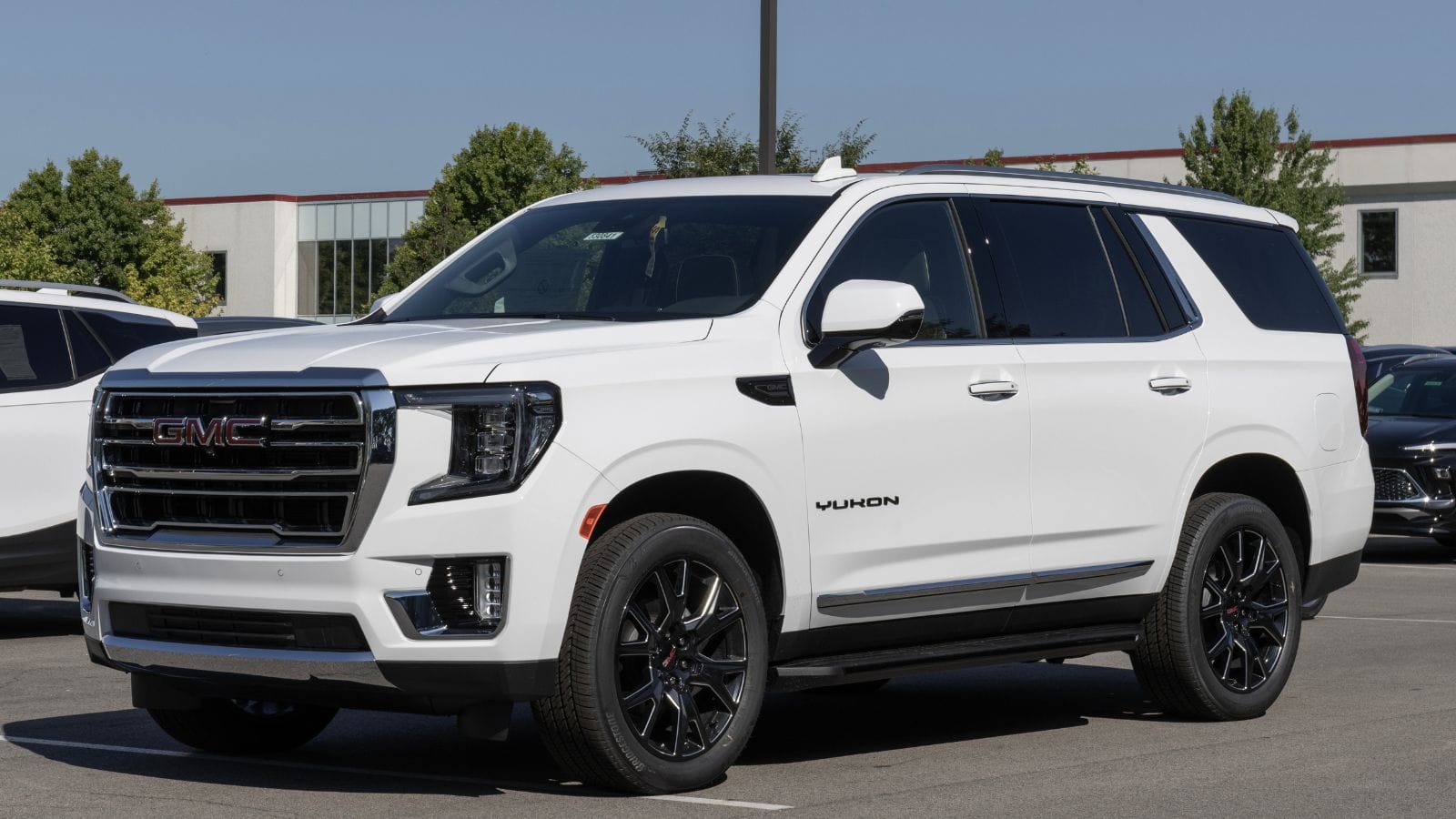
As a luxury full-size SUV, the GMC Yukon Denali is about presence and performance. A 6.2L V8 delivers 420 horsepower, while the cabin includes real wood, leather, and a 15-inch head-up display. It is assembled in Arlington, Texas, and with tariffs looming, it is one of the most likely to experience a sudden price hike in Canada. Already priced well above $90,000, a few thousand more could tip it out of reach for many.
Jeep Wagoneer Series III
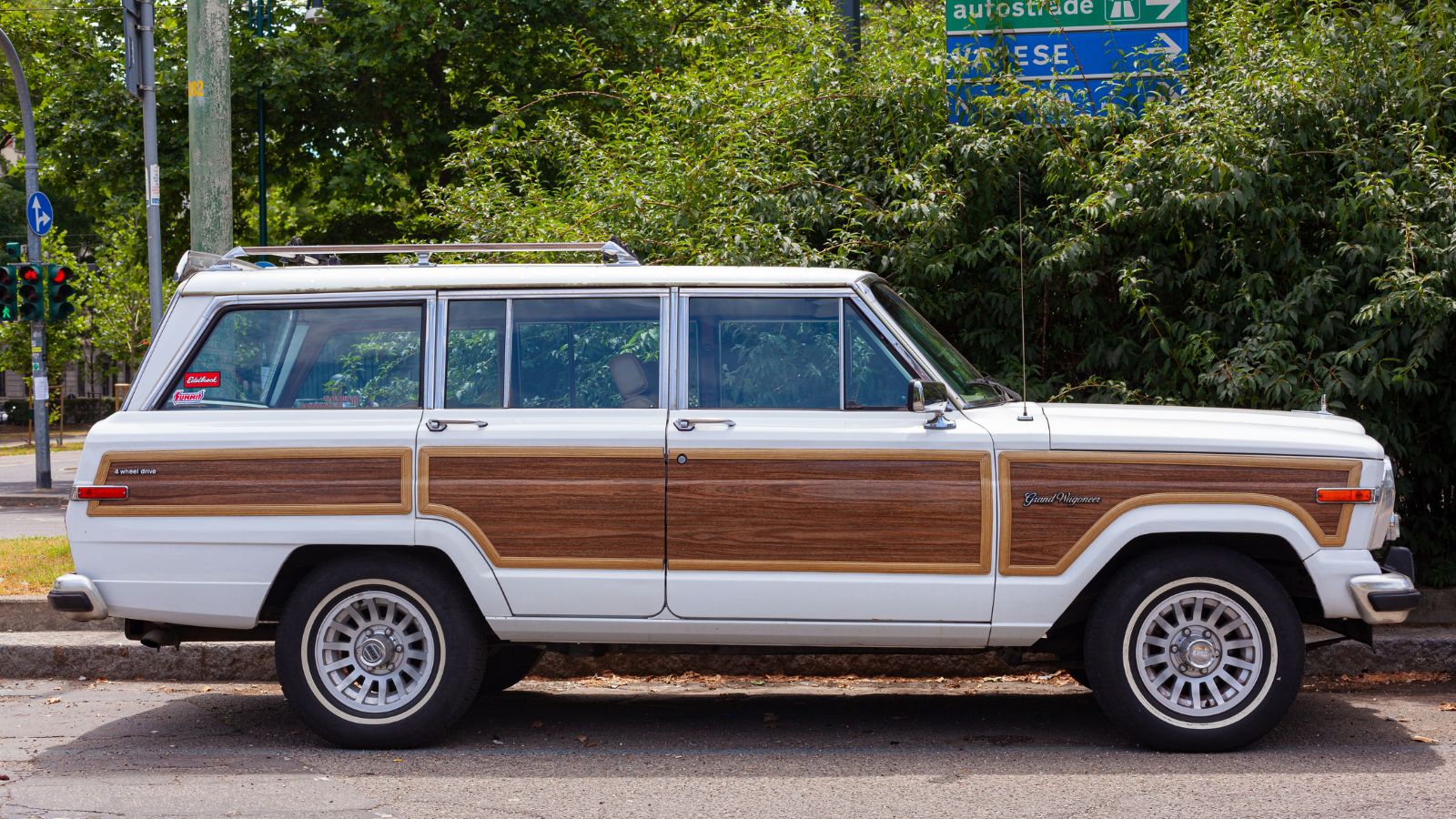
Revived with luxury in mind, the Jeep Wagoneer Series III boasts a 3.0L twin-turbo inline-six engine that produces 420 horsepower, complemented by a posh interior featuring Palermo leather, walnut trim, and massaging front seats. With seating for eight and cutting-edge tech, it rivals European models in comfort. But with production in Warren, Michigan, it’s highly exposed to tariff swings. The price tag already exceeds $100,000, and even mild trade friction could add thousands of dollars to the cost.
Chevrolet Colorado ZR2 Bison
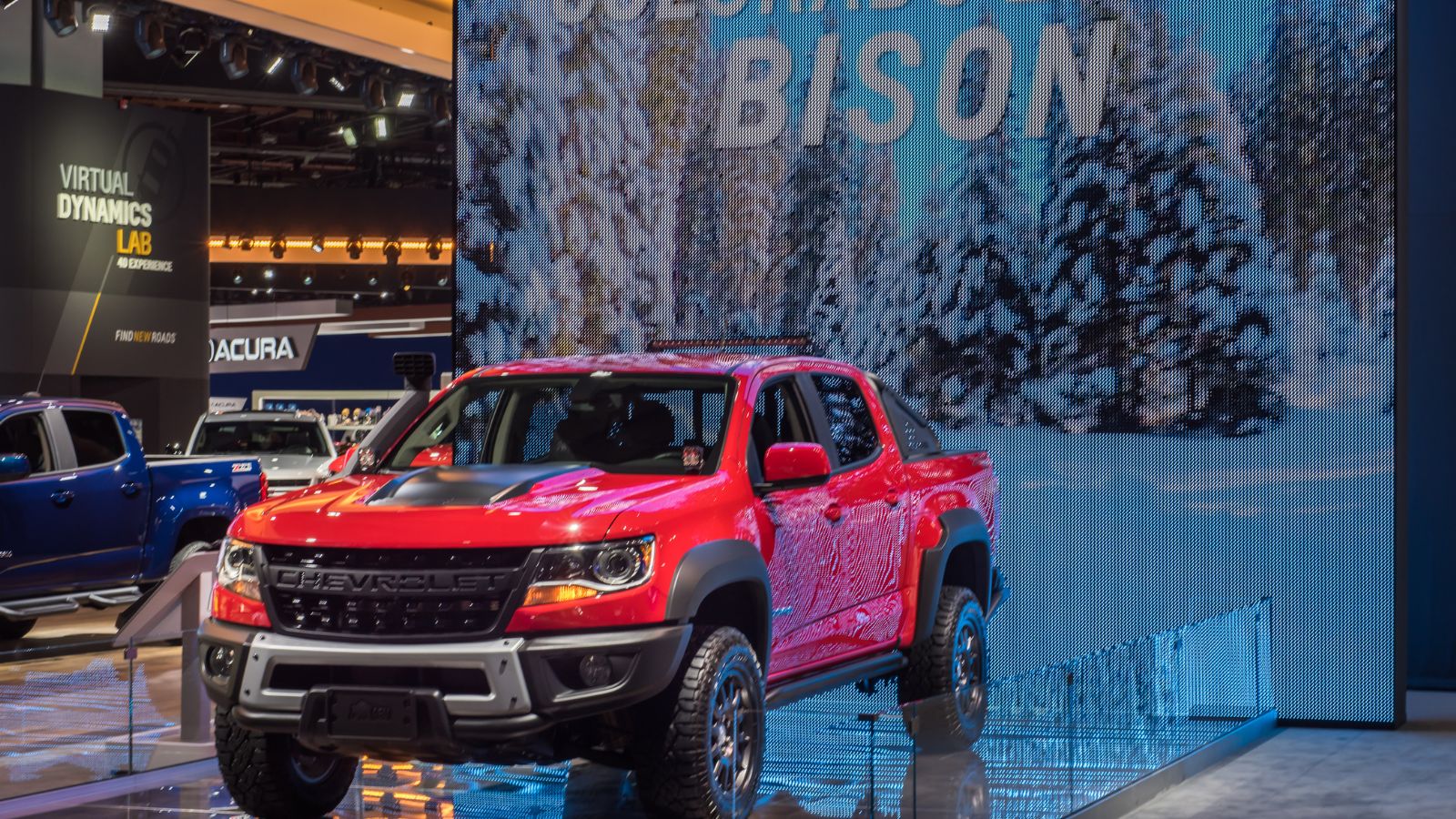
The Colorado ZR2 Bison comes with Multimatic DSSV dampers, a 310-hp turbo engine, front and rear locking differentials, and skid plates galore. Built in Missouri, it is a trail-ready beast with serious U.S. roots. Inside, it’s more utilitarian than luxe, but does offer heated leather seats and off-road tech displays. Canadian availability is already limited, and tariffs could push it further out of reach unless you need it for backcountry exploring right now. It’s better to wait for a clearer deal or consider midsize alternatives.
Ford Maverick Lariat Hybrid
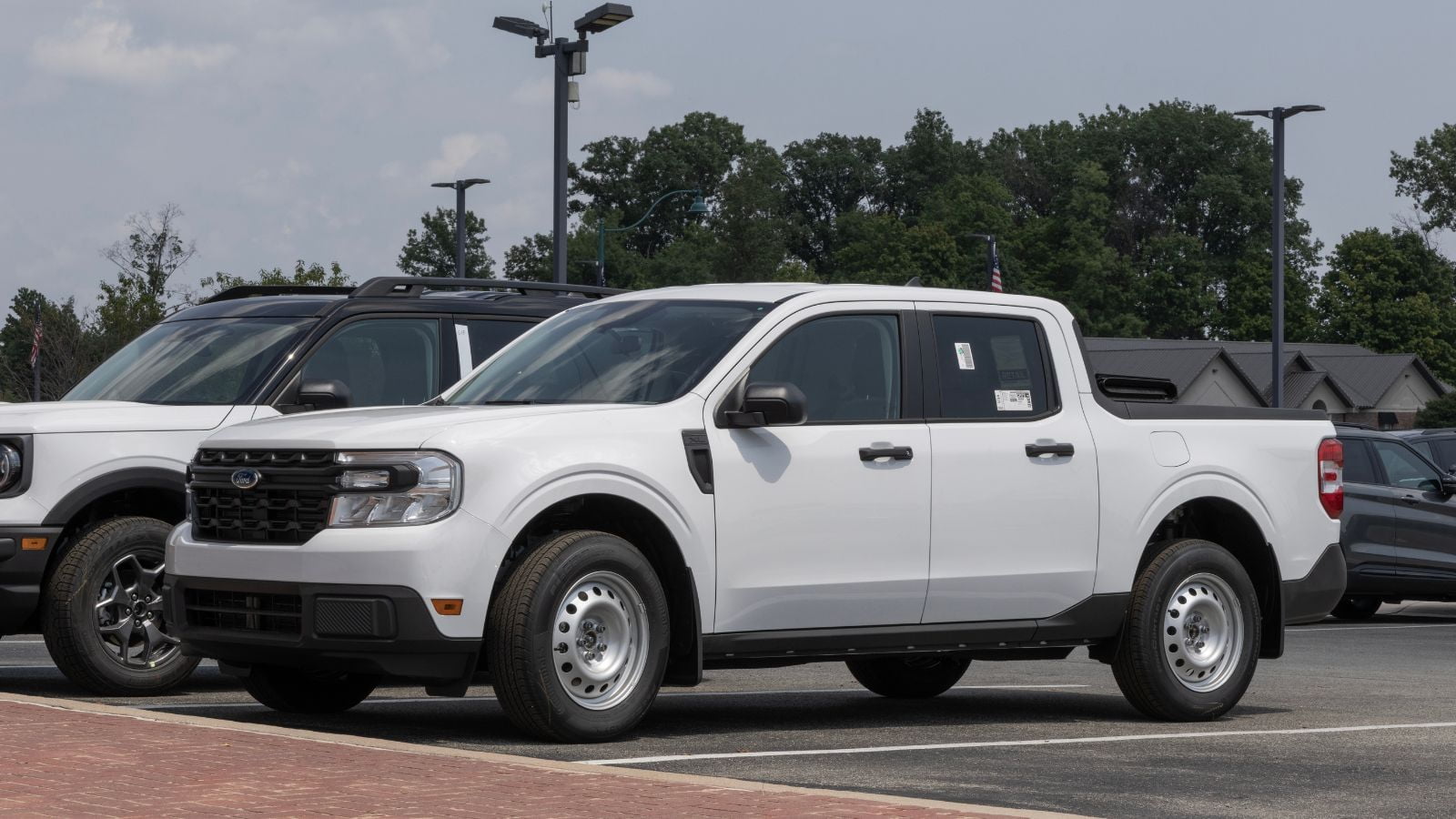
The Ford Maverick Lariat Hybrid is the compact truck everyone’s talking about, with 191 horsepower, 5.9L/100 km fuel efficiency, and city-sized versatility. It’s built in Hermosillo, Mexico, which exposes it to both U.S. and North American tariff instability. The Lariat trim includes a leather-wrapped interior, an 8-inch touchscreen, and Ford Co-Pilot360. But availability in Canada has been sporadic at best, and new tariffs could price this once-affordable pickup well above its appeal.
Tesla Cybertruck
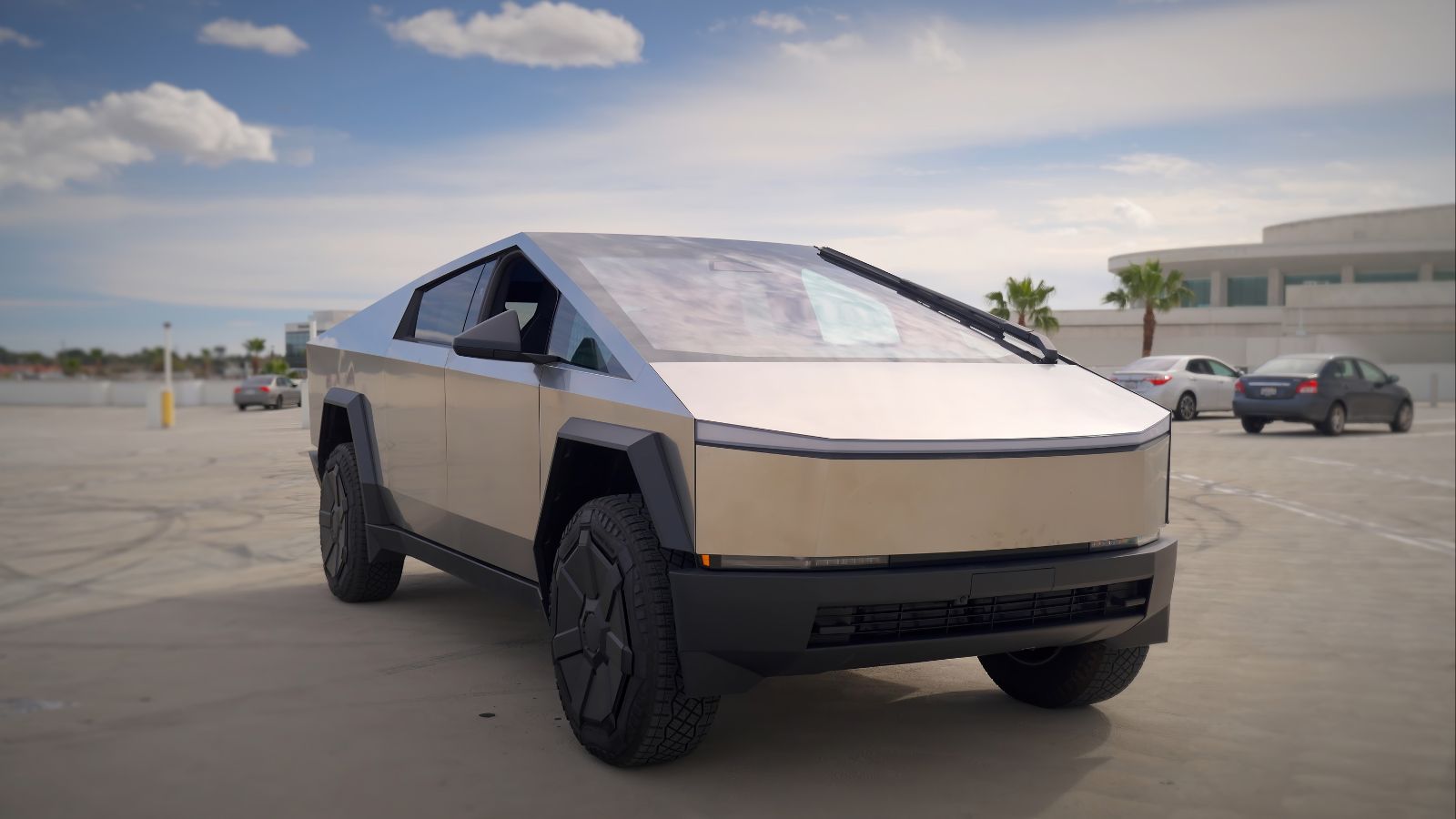
The Tesla Cybertruck has finally arrived, and it’s unlike anything else on the road. The dual-motor version boasts 600 horsepower, a 0–60 mph time of 4.1 seconds, and a range of over 540 km. Its angular stainless-steel exterior turns heads, while the cabin is minimalist and futuristic in design. Built in Austin, Texas, the Cybertruck is one of the highest-profile vehicles at risk of being subject to tariffs. It is already challenging to enter Canada, and additional trade barriers could make it even more rare and expensive.
21 Products Canadians Should Stockpile Before Tariffs Hit

If trade tensions escalate between Canada and the U.S., everyday essentials can suddenly disappear or skyrocket in price. Products like pantry basics and tech must-haves that depend on are deeply tied to cross-border supply chains and are likely to face various kinds of disruptions
21 Products Canadians Should Stockpile Before Tariffs Hit
